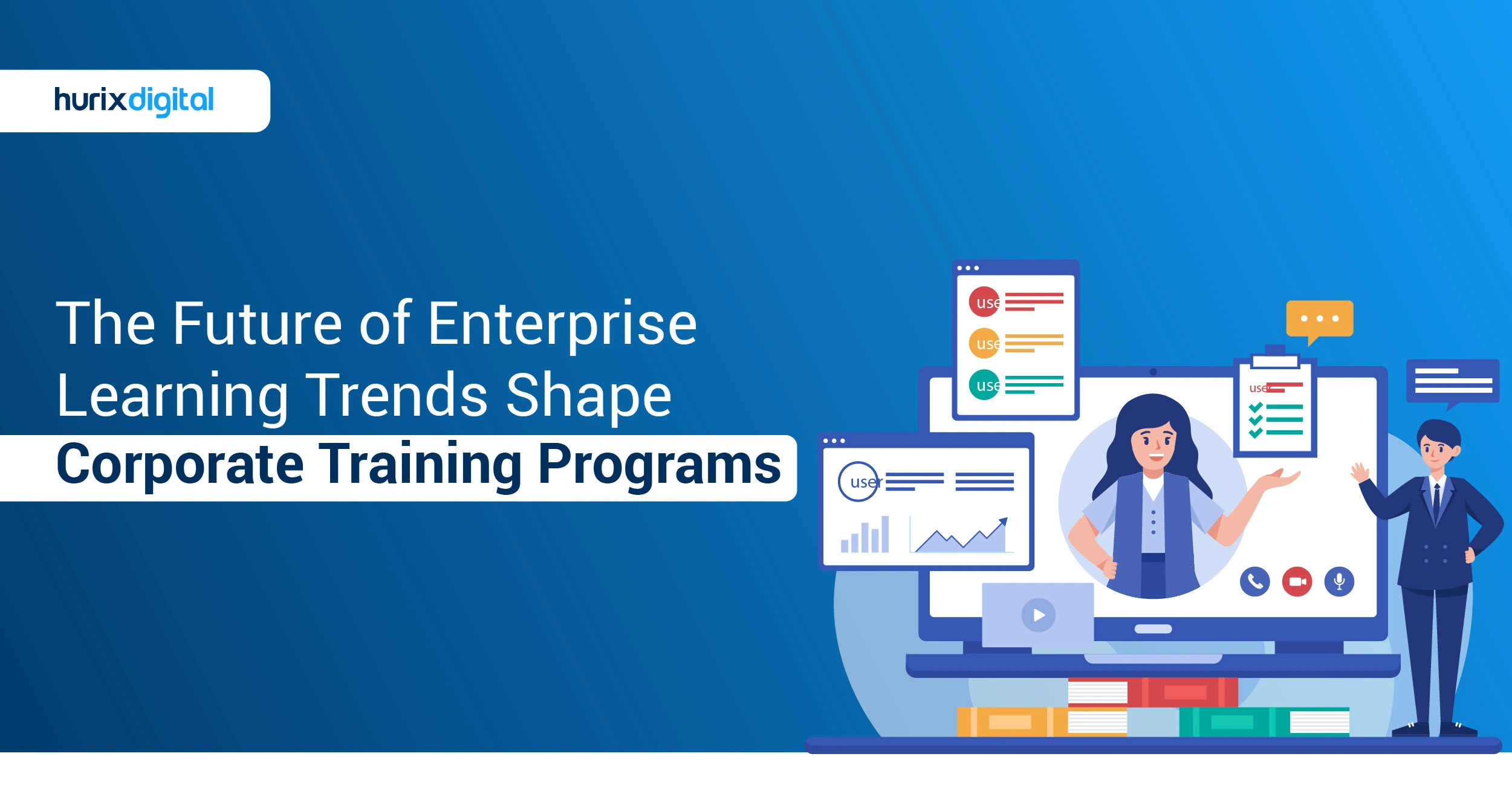
How to Create a SCORM Compliant Course on a Budget?
SCORM stands for ‘Shareable Content Object Reference Model.’ In simple terms, SCORM is a set of standards shared between online platforms and Learning Management Systems (LMS). Just like how DVDs are made using a set of standards and work with any DVD player (irrespective of the brand), SCORM-content works on the same principles.
SCORM advises programmers on how to code, and it has become the de facto of e-Learning standards all over the world. Keep in mind that SCORM is purely a technical specifications standard and simply governs how communications between LMSs and online learning content work. When LMSs and e-Learning materials are made using these specifications, they become seamlessly compatible with each other.
How Does SCORM Help?
If you’re an author who would want to get the word out and share your content online, you want to ensure that your content is actually accessible on your LMS. This is where creating SCORM compliant courses help since they work with various Learning Management Systems.
SCORM-friendly courses can be imported into various LMS, and that’s what most organizations want. The flexibility and interoperability of being able to add materials from different sources is what increases the demand for SCORM-compliant content. SCORM content also bundles the convenience of being able to track learners’ performances and generate reports too.
There are various versions of SCORM available such as the SCORM 1.1, SCORM 1.2, SCORM 2004 2nd Edition, SCORM 2004 3rd Edition, and SCORM 2004 4th edition.
The most popular ones that are being used by authors are the SCORM 1.2 and SCORM 2004 3rd Edition.
Creating a SCORM Compliant Course on a Budget
Now that you know how SCORM works and what it is, here are a few ways you can make your courses SCORM-compliant on a budget.
1. Use the Right E-Learning Tools:
You don’t want to spend most of your time crafting the best online course content only to find out isn’t compatible on the LMS and can’t be imported. Nothing hits you harder than that, and the best way to save money and time is to make sure your authoring tools are SCORM-friendly.
And here’s the thing, if you don’t want viewer statistics and tools that give you insights, Powerpoint could be your best bet. However, investing in authoring tools like Adobe Captivate, Articulate Storyline, and similar programs will give you access to grading and tracking tools, let you create quizzes, and export your e-course into compressible archive files. You also want to make sure the software vendor you pick provides features that are scalable, interoperable, and includes Learning Management Systems (LMS). Make sure the authoring tools you invest in don’t have vendor lock-in issues since you’ll face migration difficulties when switching vendors. Just a heads-up.
Related: LMS Vendors: How to Select the Right Vendor for your Goals
2. Think About Your E-Learning Needs:
When investing in SCORM-friendly authoring tools and resources, think about your online training needs. While it’s true that you can stick to local online content for your organization like presentations, webinars, etc., if you’re not making use of good SCORM resources, you won’t be reaching out to prospective audiences. There’s also no ‘one-size-fits-all’ approach when it comes to choosing the right SCORM-package, so choose one based on your requirements. And don’t forget your budget when investing in tools because that’s what’s on your mind.
Related: Benefits of Investing in Custom eLearning Courses for your Enterprise
3. Consider Display Size and Resolution:
When you’re creating SCORM-compliant courses, you want to factor in the display size. Run a test round and see how the course files are viewed on-screen. Research your target audience and know their preferences because this is what will matter. Test your courses on multiple screen sizes and make sure the design elements have proper placement. Another key aspect to consider here in the design is to check and see if the course can be paused, picked up, and continued from where the users left off. You don’t necessarily need the fanciest designs, but make sure your courses are functional and easy to use.
4. Focus on Content:
All the visuals and animations in the world won’t help you if your content falls flat. Focus on how you deliver the content and making sure it connects with your audience. Break up your lessons into bite-sized, easy-to-digest chunks and keep it simple. You can always level up the designs, visuals, and add more features, the more you get flexible with your budget in the future.
Related: Supercharge Your Employee Training Program with Bite Sized Learning
5. Evaluate at Every Stage:
If you don’t want to blow your money unnecessarily, it’s best to evaluate the contents of your e-Learning course. Is it working with the SCORM package and are your viewers achieving the goals they expected by going through the course? The training material should be revised depending on your viewers’ performance too, and this is where multiple test rounds are helpful. You don’t want to release a product too soon and realize it has too many flaws or requires revisions, especially when you’re on a budget. So, catch those nuances early and fix them up while you can.
6. Go Open-Source:
If you don’t want to opt for an expensive LMS, you can use free add-ons like the Microsoft Office Mix or simply opt for any open-source PowerPoint to SCORM converters. Even when it comes to your authoring tools for creating video, quizzes, presentations, you can get open-source software programs online.
However, you’ll have to do the lifting and take care of the packaging part, so make sure the technical specifications match with the platform you plan to deliver content and prevent incompatibility issues.
Related: Best Ways to Deliver Online Learning Courses to Employees
7. Creating a SCORM Course the Easy Way:
If you want to create a SCORM course in an easy way, you will have to begin by identifying your content requirements. The type of authoring tools you need will be based around your budget and your e-learning goals. You can make your presentations in PowerPoint and convert them to SCORM-friendly content using any conversion add-ons. Using any reliable PowerPoint to SCORM-content converter also works since it helps make your content compatible with the LMS.
Conclusion:
That’s pretty much all you need to know when it comes to creating SCORM compliant courses. Always remember to focus on your viewers’ requirements and then select the authoring tools to create your courses. That will help you decide the features you need, be aware of what to and what not to expect and make publishing the course in a SCORM-friendly format a lot easier.
Related: Things You Must Consider Before Selecting an eLearning Company








